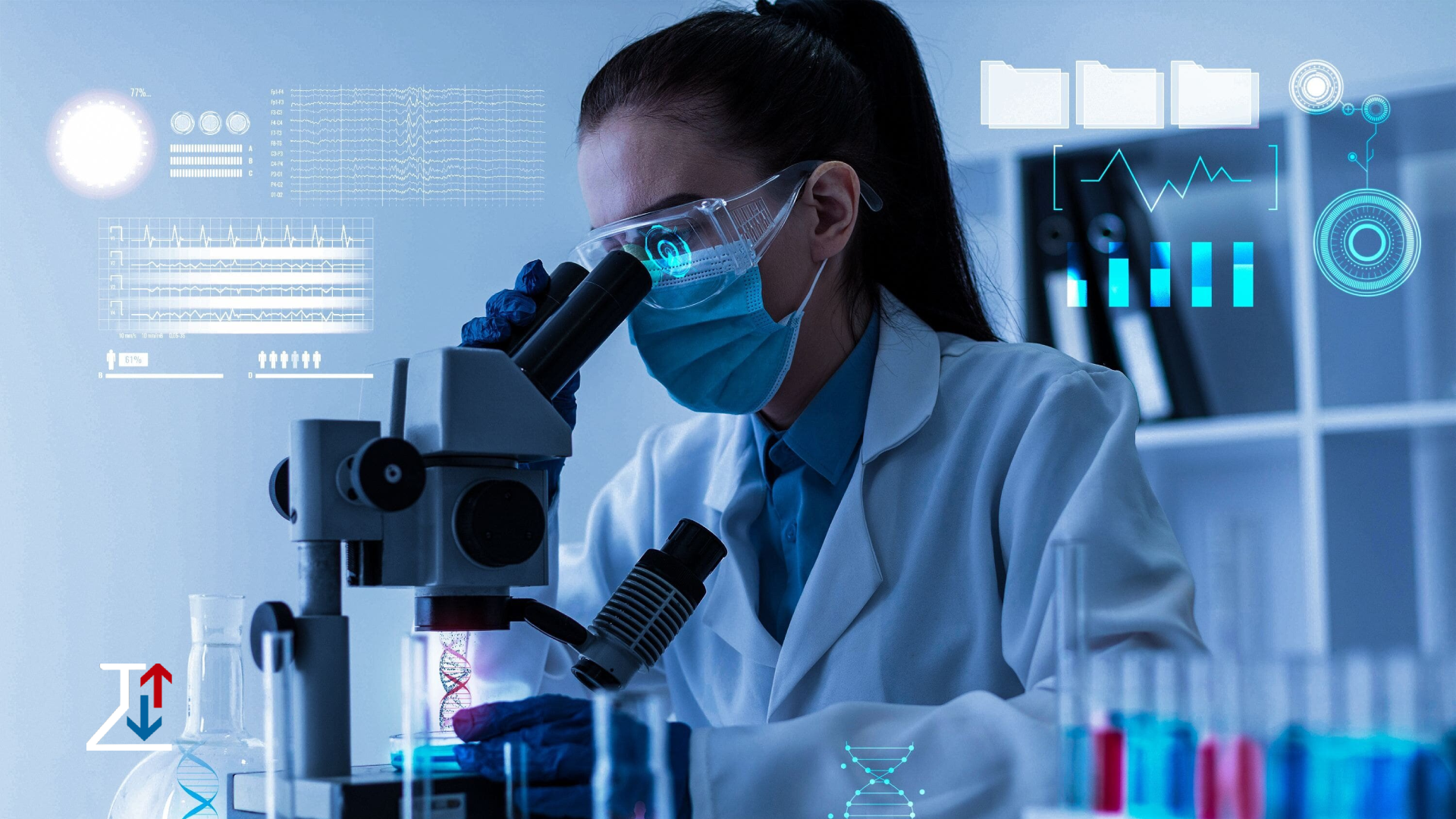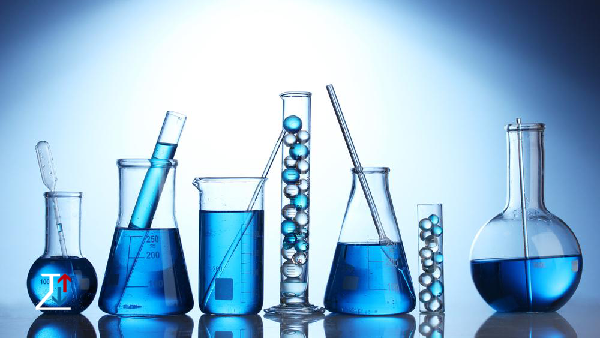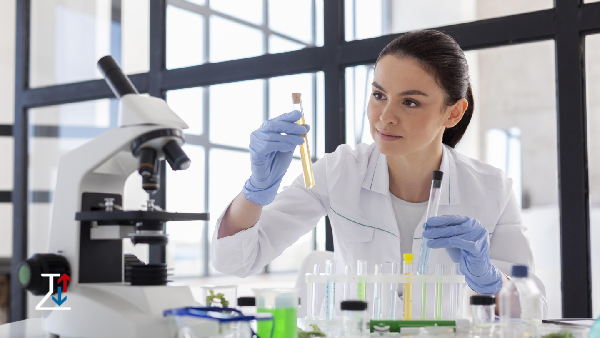
In the quest to ensure the durability, reliability, and safety of products, environmental chamber testing laboratories play a pivotal role. These specialized facilities simulate extreme conditions that products might encounter during their lifecycle, ranging from intense heat and cold to humidity, vibration, and salt spray. By subjecting products to such rigorous testing, manufacturers can identify potential weaknesses and make necessary improvements before their products reach the market. This article delves into the significance, types, and applications of environmental chamber testing laboratories.
What are Environmental Chamber Testing Laboratories?
Environmental chamber testing laboratories are specialized facilities equipped with chambers capable of simulating a variety of environmental conditions. These chambers can replicate conditions such as extreme temperatures (both high and low), humidity, thermal shock, UV exposure, vibration, and salt spray. The primary purpose of these tests is to ensure that products can withstand real-world conditions and perform reliably over time.
Types of Environmental Chambers
Environmental Chambers have different types such as Temperature and Humidity Chambers, Thermal Shock Chambers, and… which we will introduce below.
1. Temperature and Humidity Chambers:
These chambers can simulate a wide range of temperatures, from cold to scorching heat, along with varying levels of humidity. This type of testing is crucial for products that will be used in diverse climatic conditions. For instance, electronics, automotive parts, and aerospace components all require thorough temperature and humidity testing to ensure they can operate effectively in different environments.
2. Thermal Shock Chambers:
Thermal shock testing involves subjecting products to rapid temperature changes, moving from one extreme to another within seconds or minutes. This type of testing is essential for materials and products that will face sudden temperature variations, such as those used in aerospace and military applications.
3. Vibration Chambers:
Vibration testing is used to simulate the mechanical stresses products experience during transportation or use. It is particularly important for automotive components, aerospace parts, and consumer electronics. By replicating the vibrations a product might endure, manufacturers can ensure structural integrity and functionality under real-world conditions.
4. Salt Spray Chambers:
Salt spray testing is critical for products exposed to marine environments or road salts. These chambers simulate the corrosive effects of saltwater, helping manufacturers understand how their products will fare in such conditions. This is particularly relevant for automotive parts, marine equipment, and infrastructure components.
5. UV Exposure Chambers:
UV testing involves exposing products to ultraviolet light to simulate the effects of prolonged sun exposure. This is essential for outdoor products like paints, plastics, and coatings to ensure they do not degrade or lose their properties over time.

Applications of Environmental Chamber Testing
Environmental Chamber is used in various industries, such as the automotive industry, electronics, etc. In the following, we will fully review all types of its applications in different industries.
1. Automotive Industry:
In the automotive industry, environmental chamber testing is indispensable. Vehicles are subjected to a wide range of environmental conditions, from freezing winters to scorching summers, and from humid coastal areas to deserts. Testing components such as engines, electrical systems, and materials ensures that they can withstand these conditions and perform reliably. Vibration testing is also crucial to ensure that parts can endure the mechanical stresses of road use.
2. Aerospace and Defense:
The aerospace and defense sectors rely heavily on environmental chamber testing to ensure the reliability and safety of their products. Components used in aircraft and military equipment must endure extreme conditions, including rapid temperature changes, high vibrations, and exposure to the elements. Environmental testing helps identify potential failures and ensures that these critical components can perform under the most demanding circumstances.
3. Electronics and Consumer Goods:
Environmental chamber testing is vital for electronics and consumer goods. Devices such as smartphones, laptops, and household appliances are used in various environmental conditions. Testing for temperature, humidity, and vibration ensures that these products can withstand the rigors of daily use and varying climatic conditions.
4. Construction and Building Materials:
Building materials and construction products must endure environmental exposure over long periods. UV exposure, temperature fluctuations, and humidity can all affect the durability and performance of materials like roofing, siding, and insulation. Environmental chamber testing helps manufacturers develop products that can withstand these challenges and provide lasting performance.
5. Medical Devices:
Medical devices also benefit from environmental chamber testing. Devices used in healthcare settings must perform reliably in various conditions. Testing for temperature, humidity, and vibration ensures that medical devices can operate safely and effectively, regardless of the environment.

The Role of Standards and Regulations
Environmental chamber testing laboratories operate under stringent standards and regulations to ensure consistency and reliability in testing. Organizations such as the International Organization for Standardization (ISO) and the American Society for Testing and Materials (ASTM) provide guidelines for environmental testing procedures. Compliance with these standards ensures that testing is performed accurately and results are reliable and comparable across different laboratories.
Conclusion
Environmental chamber testing laboratories are crucial for ensuring product reliability, durability, and safety across various industries. By simulating real-world conditions, these facilities help manufacturers identify potential weaknesses and make necessary improvements. The diverse environmental chambers allow for comprehensive testing, ensuring that products can withstand extreme temperatures, humidity, vibrations, UV exposure, and corrosive environments. As industries continue to innovate and develop new products, the role of environmental chamber testing laboratories will remain essential in delivering high-quality, reliable, and safe products to the market.